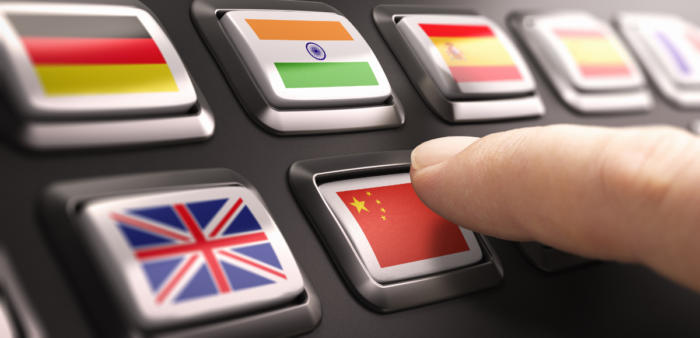The Role of Creative Translation in Direct Selling Marketing Campaigns
Creative translation techniques are used extensively in the direct selling industry to connect with overseas audiences across a range of international markets.
To ensure you’re able to reach your target audience overseas, a translator will employ their vast experience and knowledge to ensure that your audience gains an understanding of your brand, values and products in a way that resonates with them.
However, in order to do this it’s very important – particularly in the direct selling industry where trust is a massive factor for a customer – to carry tone, emotion and cultural sensitivity across language barriers.
This is where creative translation comes in, and in this piece we’ll be covering everything you need to know to ensure you get a great start in direct selling abroad and how we can help you too.
What is the Difference Between Literal & Creative Translation?
Literal translation is really exactly as it sounds: taking a word and directly substituting it with the corresponding word in another language. This form of translation is becoming increasingly seldom in marketing and business, with the exception of legal documentation, which must be translated as close to the original as possible to avoid ambiguity.
Creative translation, also known as transcreation, relies on the translator understanding the cultural nuances of the target language.
This therefore means the original document is utilised as more of a reference point to create expressive language and wording that remains close to the original document, but will utilise nuance, slang and turns of phrase that will be understood by foreign audiences.
This is vital in direct selling, after all what’s more off-putting than someone attempting to sell products to you, when you know they haven’t taken the time and care to understand you, your culture or even your language?
Literal translation in marketing messages, will often come across as awkward, sterile, and in the worst cases even offensive. This just goes to show how important it is to choose the right translation partner.
At Anglia Translations, before we take on board any multi-level marketing client, in addition to the target language, we will always look to find out who your audience is, what message the client wants to convey, and what the overall goal of the campaign is.
Why Creative Translation in Direct Selling?

Translation and creativity are in many ways one and the same, and there are a few very good reasons why creative translation is absolutely vital to the success of an overseas direct selling campaign, such as:
Capturing the Essence of the Original Messaging
Traditional advertising, marketing literature and web content translated into new languages must utilise an element of creative translation to ensure they are able to recapture the essence, energy and aesthetic of the original language.
These distinct marketing methods all rely on different creative styles, and although the end result may look completely different from what you may be used to, the overall effect will be exactly the same.
Creating More Relevancy for Your Audience
When translating marketing content, it’s crucial to be aware of the target audience, and whether what you’re trying to say to them is relevant to that corner of the world.
Without this research, you could end up producing something that isn’t relevant for them in their daily lives and therefore will have no impact on them whatsoever, this is where localisation comes into play too.
This is even more important in direct selling, when you consider that you’re selling a range of products, and by not understanding the local environment, not only are you falling short from a marketing perspective, but you may also be trying to sell products that just won’t apply to the population.
For example, various substances found in American produced cosmetics, which are a crucial cornerstone of the direct selling industry, contain the likes of formaldehyde, hydroquinone, triclosan and even lead – these substances are banned in EU markets.
Failing to recognise situations like this, at the very least, may just result in not selling any products, but on the more extreme end, you may find yourself in some hot water from a legal perspective with irreparable damage to your reputation.
Considering the Cultural Landscape
Social norms and cultural nuance can vary wildly around the world. If you’re attempting to enter several markets at once, then you’ll need to consider the landscape of each very carefully in order to be successful.
For a truly successful global campaign, your marketing messages, from your website to your product packaging, should always consider cultural context, grammatical variations, and the careful use of imagery.
A fantastic example of this in action is the energy drinks brand Red Bull, who made adjustments to both their product, packaging and messaging when moving into Chinese markets.
In China, Red Bull isn’t carbonated to account for Chinese tastes (carbonated beverages are dropping in popularity in the country) and rather than the silver, blue and red cans we’re so accustomed to, the cans are designed with a red, gold and black design to symbolise luck, wealth and fortune.
Choosing a Professional Creative Translator
Any creative translator worth their salt will be able to produce several different directions for your direct selling campaign abroad.
They’ll also be able to offer advice as to why they’ve chosen to go in these directions, while offering guidance about your chosen languages to help you understand those cultures.
As an ISO 9001: 2015 accredited translation business with many years of specialisation in the direct selling industry, we’re ideally placed to help nurture business success abroad.
If you have any further questions on what we’ve covered in this blog, or you’re interested in hearing more about any of our other services, get in touch today.



